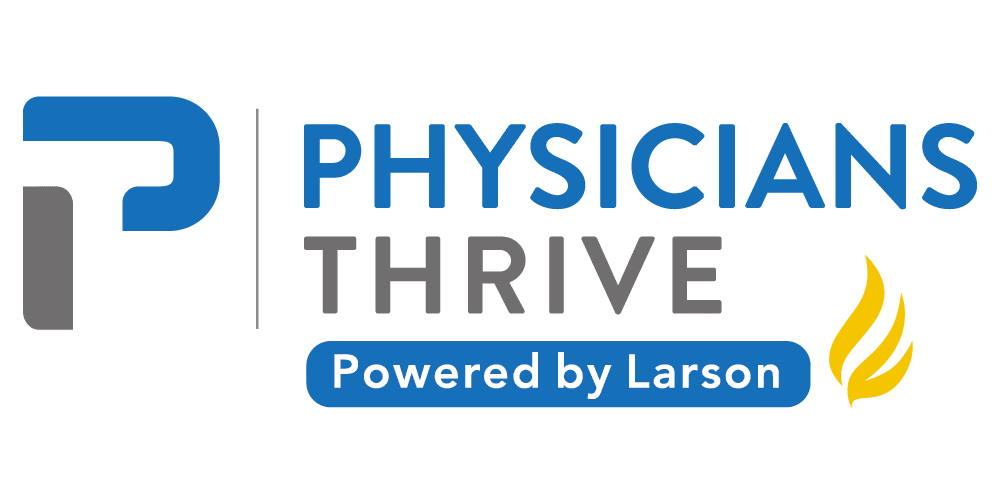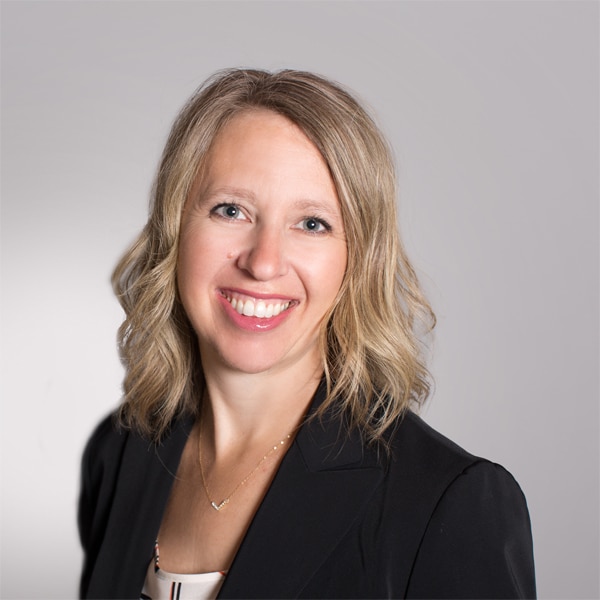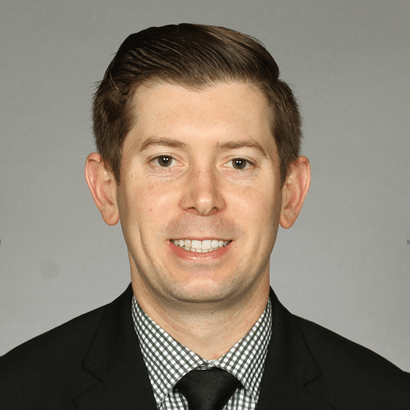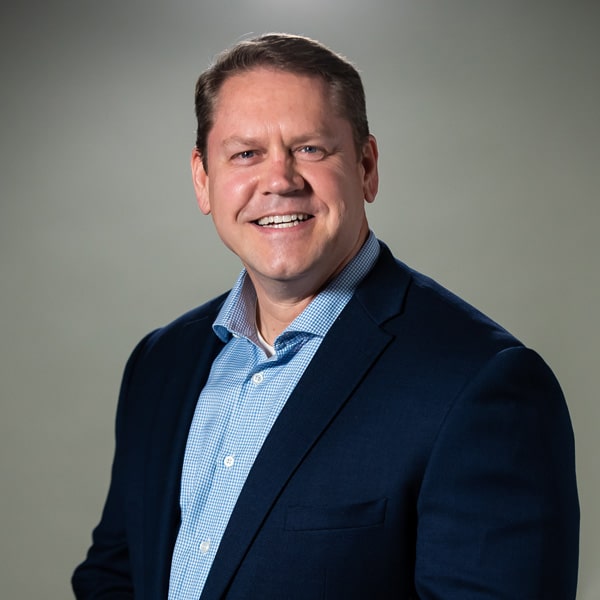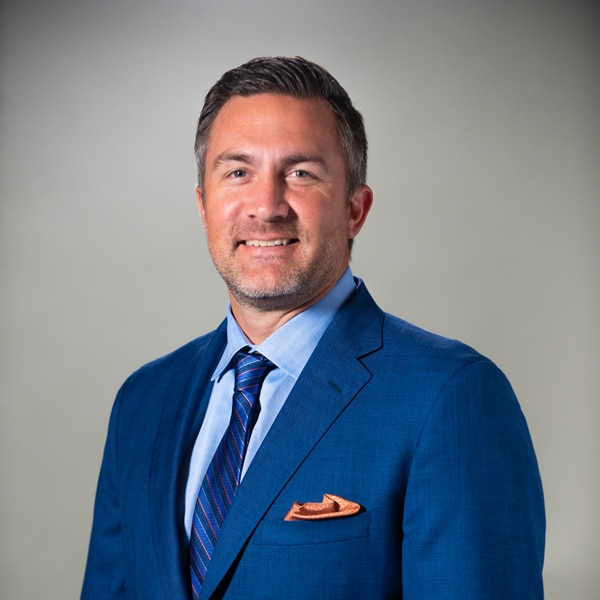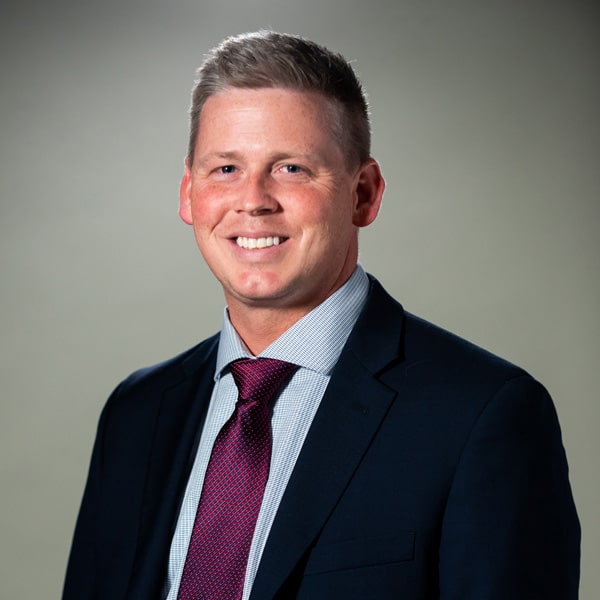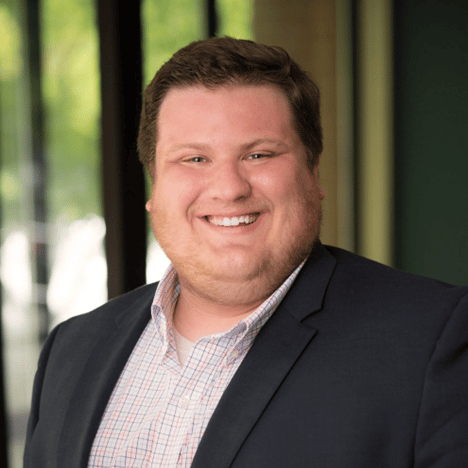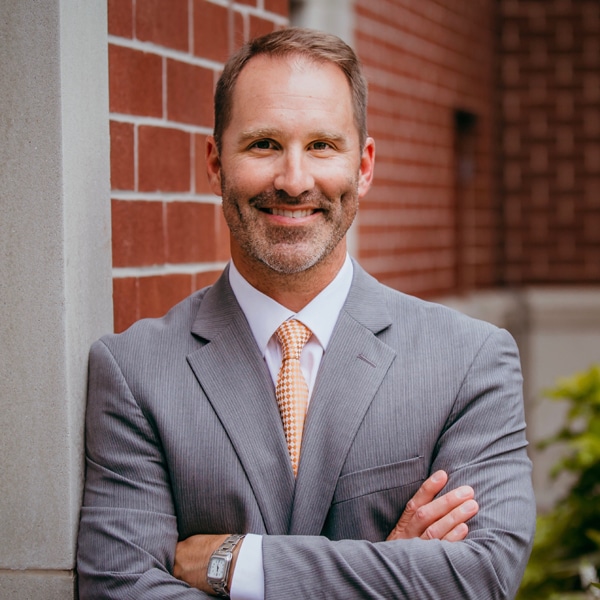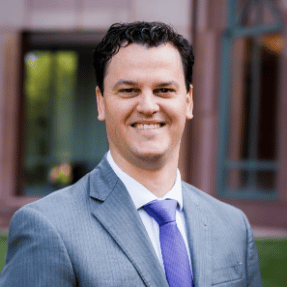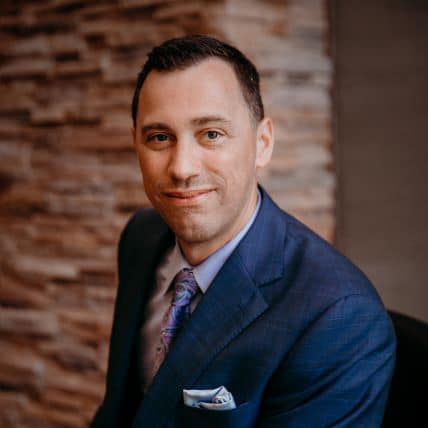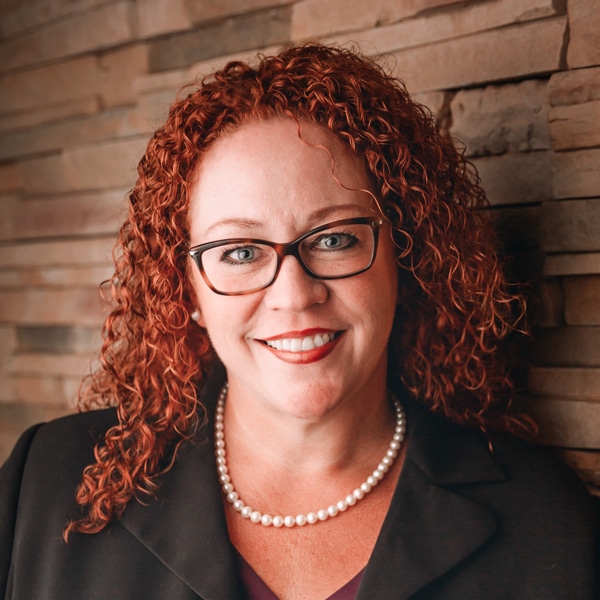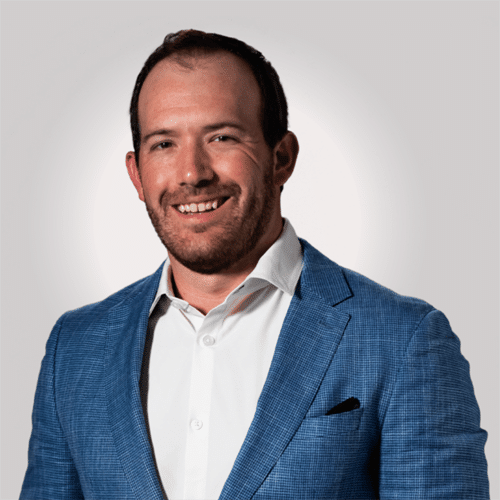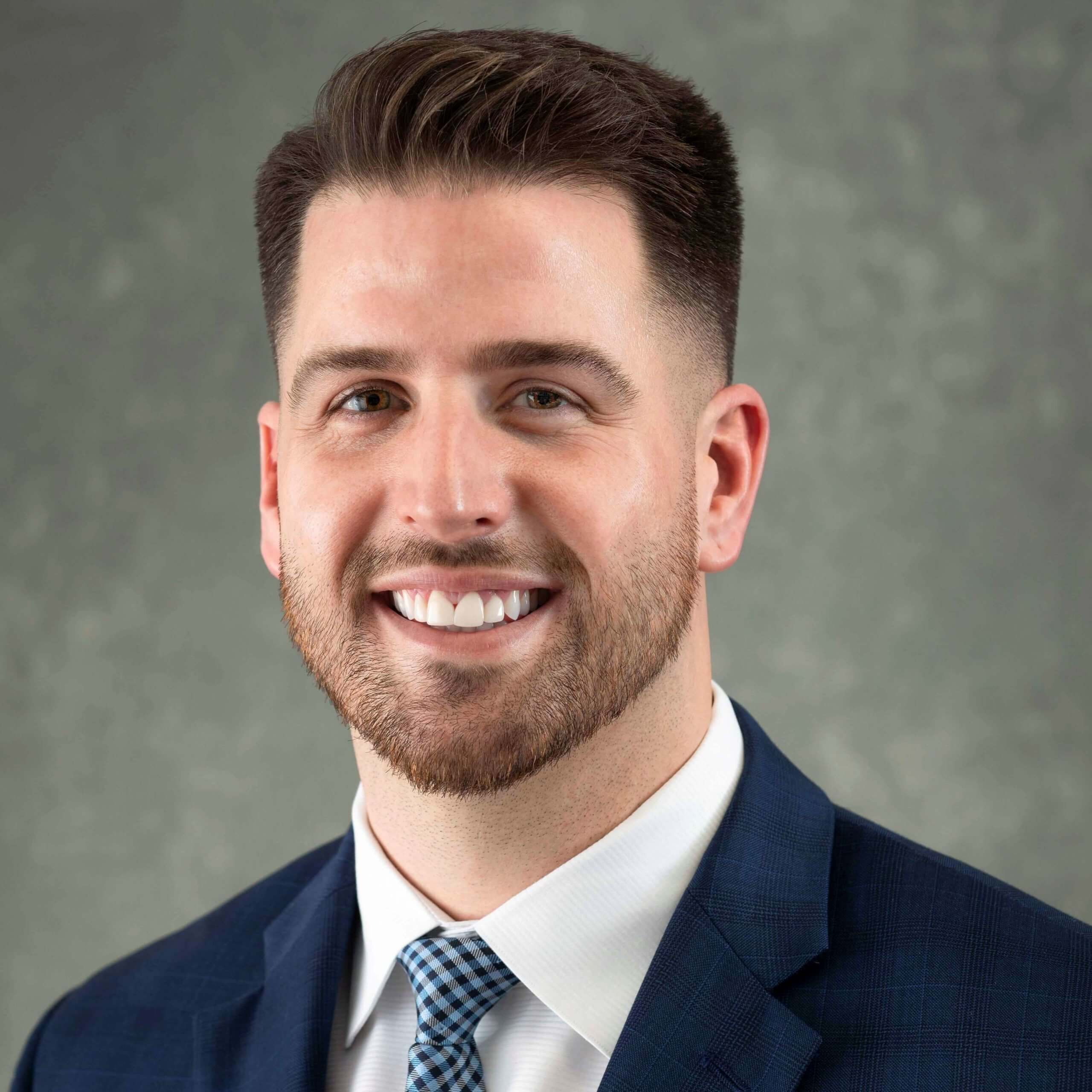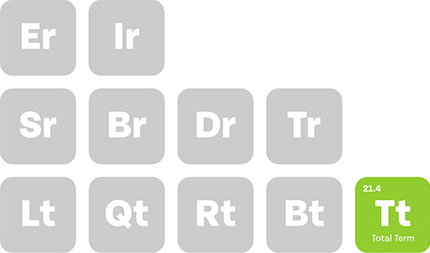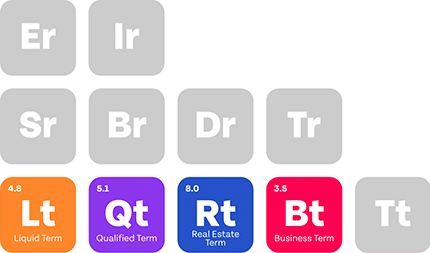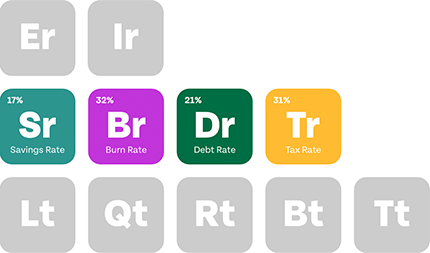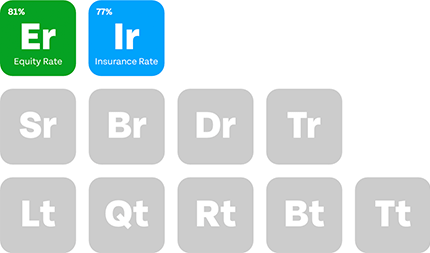Medical practice financing is a powerful asset that can transform your practice, but only when utilized wisely.
You need to properly assess your current goals and determine the type of financing you need.
After all, a startup clinic receiving large business financing is overkill, and vice versa.
Allow us to explain medical practice financing in detail, including its types and ways to acquire such financing.
Key Takeaways
- Medical practice financing supports startups, growth, equipment, and cash flow needs.
- Loan types include startup, equipment, working capital, SBA, and improvement loans.
- Proper planning, lender research, and documentation are key to loan approval success.
- Expert guidance ensures tailored financing and avoids costly long-term financial mistakes
Table of Contents
What Is Medical Practice Financing?
Medical practice financing encompasses the various options available to physicians and healthcare professionals to establish, expand, or improve their medical practices.
You can treat medical practice loans like any other loan: you borrow money for a specific purpose(s).
However, these loans are specialized to address the unique needs of healthcare providers, which are known to be expensive.
That’s why the loan range can easily cross the $1 million mark.
Do You Need Medical Practice Financing?
According to Medscape, the average physician in the United States earns around $363,000 annually.
Of course, that is a rough estimate since there are various specialties, experience ranges, and other factors to take into account.
However, we can easily assume that American physicians earn well over six figures per year.
So, do they really need medical practice financing? The short answer is yes. Here’s why:
Medical School Debt
The average medical school student debt in 2024 was $234,597, and the numbers are always expected to rise in that regard.
Bankrate also estimates ranges of well over $200,000 per year. So, it’s safe to say that medical student loans are a serious financial impediment.
Residency
Even though the annual average income for physicians is $363,000, it takes a considerable while to get to that number.
That’s after you finish your residency, which lasts for 4.5 years on average and pays only $64,000 a year.
In other words, you’ll spend your residency years making 17.63% of your expected average, then follow with a highly variable number of years until you gain enough experience to earn said average.
The Costs of Building a Practice
Having your own practice can yield approximately 10% more compared to working in larger health organizations and hospitals.
Those 10% may appear small, but reflect $36,300 on top of the average $363,000, summing up to $399,300 per year.
This number means that acquiring a private practice is worth it in the long run but is going to cost you around $70,000 to $100,000 to cover the startup, along with an average of $3,000 to $15,000 per month for marketing.
On top of all that, there are other expenses like:
- Accommodation: $1,300
- Utilities: $220
- Food and Groceries: $450
- Transportation: $220
- Clothing and Shoes: $160
- Leisure and Entertainment: $250
Note: these are the average expenses per single person in the US, according to MSM Unify. The average will increase for couples and parents with children.
Types of Medical Practice Financing
1. Startup Practice Loans
If you’re a physician looking to start their first practice, startup loans are for you.
These comprehensive physician loans fund equipment purchases, office setup, and initial operations until the practice becomes self-sustaining.
Lenders will evaluate your qualifications, credit history, and business plan detailing market analysis and financial projections.
Accordingly, you should prepare thorough financial records to demonstrate your ability to build a sustainable healthcare business.
2. Equipment Financing
This type of financing allows you to acquire necessary medical equipment without depleting your working capital.
The equipment itself serves as collateral, simplifying credit approval requirements.
Equipment financing allows medical professionals to maintain financial health while upgrading technology as needed.
The terms generally align with the equipment’s useful life, and some arrangements may provide tax advantages to support business objectives.
3. Working Capital Loans
Working capital loans focus on flow fluctuations, which is highly common among medical practitioners, funding payroll, inventory, and daily operations during times of instability.
Options include:
- Lines of credit
- Short-term loans
- Advances based on future receivables
During the approval process, lenders review financial records and business tax returns to ensure that the practice can manage repayment alongside irregular insurance reimbursement cycles.
4. Practice Acquisition Loans
Practice acquisition loans help medical practitioners purchase existing practices. Lenders evaluate the financial health of the practice, including base value, equipment quality, and location.
The credit approval process looks at the buyer’s experience, credit history, and business plan.
Practice acquisition loans often require a 10–20% down payment and offer 7–10-year terms. The rates are determined by the physician’s qualifications and the practice’s financial records.
5. Commercial Real Estate Loans
These loans finance the purchase or renovation of medical office space.
Commercial real estate loans are typically larger, which makes them often utilized by large businesses rather than individual practitioners.
Because of their larger amounts, they have longer terms of around 10–25 years with competitive rates for qualified medical professionals.
Healthcare practitioners can access conventional mortgages, specialized medical office loans, or Small Business Administration loans like the 504 program.
Related: The Beginner’s Guide To Buying An Investment Property
6. SBA Loans for Medical Practices
Small Business Administration loans offer government-backed financing options with favorable terms for medical professionals.
The primary programs include the 7(a) for general business purposes and 504 for major fixed assets.
These business loans feature lower down payments, extended repayment terms, and competitive rates.
To apply, you’ll need detailed financial records, business tax returns, and a comprehensive business plan outlining how the funding will advance the healthcare practitioner’s business objectives.
7. Practice Improvement Loans
Practice improvement loans are targeted at facility upgrades, technology implementation, or service expansions for already established medical practitioners.
These business loans can be structured as term loans or lines of credit based on the practice’s financial health and credit profile.
The primary goal of practice improvement loans it to enhance patient experience, improve operational efficiency, and ensure regulatory compliance.
8. Accounts Receivable Financing
Accounts receivable financing converts pending insurance claims and patient invoices into immediate working capital for medical professionals.
This particular approach addresses healthcare’s lingering issue of delayed reimbursements.
Credit approval typically focuses more on the quality of receivables than the practice’s overall financial health.
This solution helps healthcare practitioners maintain stable operations while waiting for insurance payments.
Note: If you’re a physician, then your financing is a whole different game from other professions.
Consulting an expert is highly recommended to avoid mistakes that can impact your finances for years to come.
How to Apply for Medical Practice Financing
This is where it gets a little technical, but here’s everything you need to do to apply properly:
Step 1: Determine Loan Type and Amount
Identify the specific financing type needed for your medical practice from the ones we mentioned earlier.
Then, calculate precise funding requirements based on quotes, business projections, or practice valuation.
Step 2: Research Healthcare-Focused Lenders
Target financial institutions specialize in healthcare financings, like commercial banks with dedicated healthcare divisions, SBA, equipment manufacturers, or alternative medical practice lenders.
Compare their terms, healthcare industry expertise, and specialty-specific experience.
Step 3: Prepare Financial Documentation
Prepare all the necessary documents, which are as follows:
- Business tax returns (3 years)
- Personal tax returns
- Practice financial statements
- Provider productivity reports (wRVUs)
- Payer mix analysis
- Accounts receivable aging report
- Debt schedule
Then, you have to calculate your Debt Service Coverage Ratio. You’ll need a minimum of 1.25, which most lenders require.
Step 4: Complete Lender Applications
Submit formal applications to your selected lender(s). For traditional banks, you can apply through their healthcare banking division.
As for SBA loans, you’ll need to complete SBA Form 1919 and Form 413 through approved lenders.
Note: equipment financing typically requires vendor-specific applications with equipment specifications.
Step 5: The Underwriting Process
Each lender has an underwriting process, which includes credit checks (business and personal), financial analysis, and collateral valuation.
Medical practice loans typically undergo healthcare-specific underwriting evaluation payer diversity, reimbursement stability, and provider productivity metrics.
Step 6: Review and Compare Loan Offers
Once you get approval, start to compare interest rates, term lengths, prepayment penalties, and covenant requirements.
Evaluate the total financing cost over the loan lifetime using amortization schedules.
Step 7: Complete Closing Requirements
Fulfill the closing conditions:
- Insurance verification (malpractice, property, business interruption)
- UCC filing authorizations
- Assignment of lease agreements
Get the Best Financing Advice With Physicians Thrive
What we’ve discussed in our guide may look like it covers every possible aspect of medical practice financing.
Still, each physician is in a specific situation and may have trouble deciding the best course of action.
As you’re likely aware, money loans don’t leave a large margin for errors.
The best financial advice you can get is from someone who has already been in your shoes, and that’s what Physicians Thrive can provide: expert help from an expert colleague.
Contact us today and let us know of your situation, and we’ll handle the rest.

